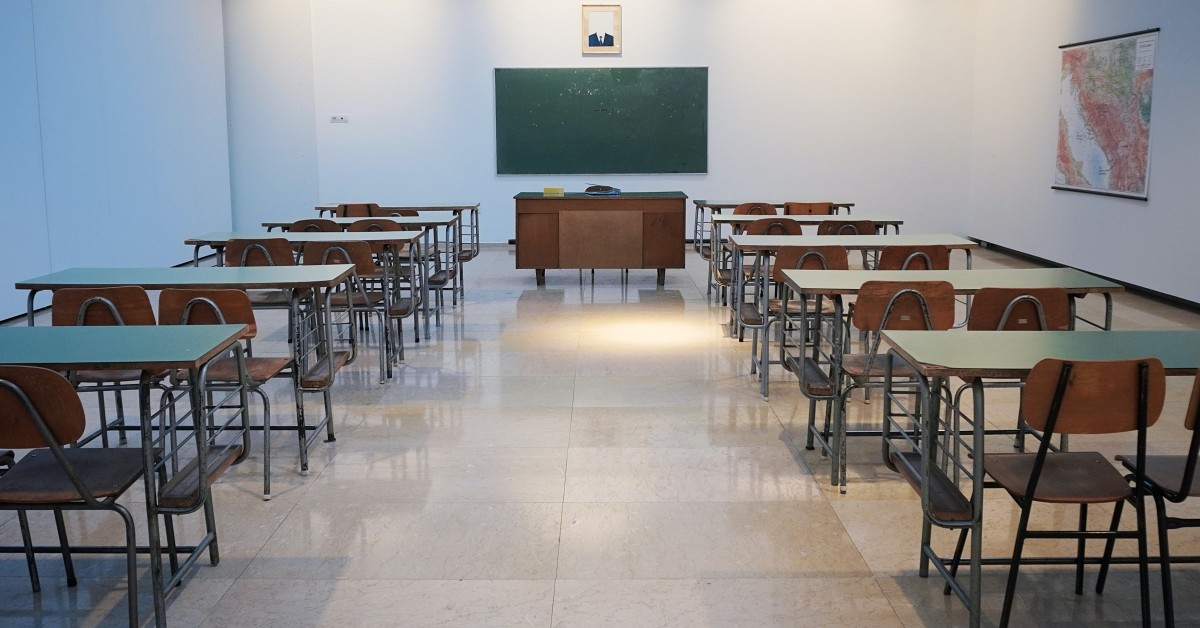
Why Black School Principals Matter
Minorities constitute over half of public school student populations, yet [...]

Teachers clearly impact student performance. What’s less obvious is that principals also exert a significant influence on academic outcomes. However, the evidence is clear: numerous studies support exactly that conclusion.
A principal’s extensive responsibilities are often unacknowledged by parents and other school stakeholders. That’s because we tend to regard principals primarily (if not exclusively) as high-level administrators and disciplinarians (the dreaded “sent to the principal’s office). But a principal’s responsibilities extend well beyond those areas into domains that impact students, teachers, personnel, families, and the school communities.
A principal’s vast duties include:
As you can see, school principals affect nearly every aspect of a school’s operation, including education. This article explores how principals can positively impact student outcomes.
Where teachers play a direct role in student outcomes, the indirect functions of school principals often go unnoticed. It’s true that many principals spend most of an average week handling administrative duties and student discipline; however, their other duties are also impactful, if not necessarily as time-consuming. A systematic synthesis of two decades of research compiled by The Wallace Foundation provides an in-depth view of how the education policy landscape has changed and shifted the expectations of principal leadership. We summarize those conclusions below.
Effective principals play a significant role in fostering a productive school climate, hiring and managing educators, focusing on instructional leadership, reducing student absenteeism, and enforcing appropriate disciplinary actions. All of these have a substantial, if indirect, effect on student learning outcomes.
A successful school rests on the foundation of a stable and productive school climate. A safe, supportive learning environment enables and encourages student achievement. A study of Chicago Public School students, teachers, and school leaders concludes that principals most influenced student learning by fostering strong learning climates. This type of environment includes:
Principals who foster these environments create a collaborative workplace with clear and consistent school goals while promoting teacher leadership and team building. Once the foundation is complete, it is critical to ensure the proper personnel is in place to carry out those goals leading to student success.
School teachers represent the front line of education. Teachers directly interact with students through classroom instruction, lesson plans, grading, and student assessments.
The hiring process to staff these educators greatly influences student learning. Effective principals seek and attract effective teachers. In addition, teacher satisfaction and retention rates are higher when leadership builds a productive school climate and invests in professional development opportunities that contribute to career refinement and growth. That too can result in a more effective teaching staff.
A principal’s role is not just hiring and managing the right staff members but also providing tools, resources, and instructional coaching so they can continue to deliver high-quality education to their students—another indirect impact on student achievement.
Education policies such as the No Child Left Behind (NCLB) Act signed in 2002 hold schools accountable for student outcomes and penalize those that do not improve school performance. An updated version called the Every Student Succeeds Act (ESSA) became law in 2015; it considered inequities and achievement gaps, providing resources for lower-performing schools rather than penalties. Regardless of the applicable law, principals must focus on and provide instructional leadership in their pursuit of adequate schoolwide progress.
With more accountability placed on the schools, principals must balance their typical managerial and administrator duties with instructional leadership. Instructional leadership involves:
Nearly all principals start their career in the classrooms as teachers, progressing to teacher-leader and then assistant principal before ascending to principal. Principals draw on their previous classroom experience to provide instructional leadership to their staff.
Student outcomes include more than just academic achievement. Student attendance also plays a significant part in overall student success. A statewide study from Tennessee concluded that students in a school where the principal has an above-average impact on attendance go to school approximately 1.4 days more in the typical school year than students whose principal is below average. Students are also four percent less likely to be chronically absent (missing more than 10 percent of the school year) in a school with an above-average principal.
Unfortunately, chronic absenteeism is more prevalent among students of color and students living in poverty. To help reduce these inequities and close the achievement gap, principals can:
Limited transportation, student mobility, and family responsibilities also contribute to absenteeism, and principals are limited in their ability to impact those. However, they can still help reduce student absenteeism by promoting a school culture that makes all students feel a sense of belonging, safety, and support every time they walk through those doors.
It’s common to hear the expression “go to the principal’s office.” But once a student arrives at the principal’s office, it’s important to note that disciplinary actions are not a one-size-fits-all approach. There are three common forms of student discipline:
The latter two pose the highest threat to student achievement. The National Education Association (NEA) found that more severe suspensions harm learning outcomes, attendance, and future behavior. In addition, the study suggests that zero-tolerance policies do more harm than good. Some less severe infractions such as “distracting” hairstyles or clothing could stem from cultural differences or unconscious bias rather than actual behavioral concerns.
One How school leaders address behavioral problems comes down to the school culture. Creating safe, supportive, and equitable school environments promotes students’ academic, social, and emotional success.
| University and Program Name | Learn More |
|
Merrimack College:
Master of Education in Teacher Education
|
|
|
American University:
Masters in Education Policy and Leadership
|
As the student population grows more diverse each year, diversity in educational leadership lags. Of the 90,000+ principals in K-12 public schools, almost 80 percent are white, 11 percent are Black, and nine percent are Hispanic. On the other hand, it’s projected that minority students will make up roughly 55 percent of the student population by fall 2027. This representation gap in school leadership impacts various areas, including teacher retention, student performance, reducing discipline disparities, closing the achievement gap, and creating initiatives that foster equitable and inclusive environments.
Minority principals also impact minority student learners by serving as role models and reflecting the diverse population of the students they serve. Representation matters to both students and teachers. Minority principals are more likely to hire a diverse workforce, contributing to teacher retention and satisfaction. As a result, minority students enjoy an increased sense of belonging. They also accomplish greater achievement gains when school leaders and educators reflect their racial identity.
Research supports that minority principals significantly impact minority student learning outcomes. As a result, new principal preparation programs, such as the National Aspiring Principals Fellowship, exist to build the pipeline of future minority leaders. This first-of-its-kind program is a joint endeavor joining New Leaders with two historically black colleges and universities (HBCUs), Morehouse College and Clark Atlanta University. The Fellowship offers a one-year Principal Certification or a 16-month Master + Certification track (the Master + Certification track is available through Clark Atlanta).
School leadership, however, does not stop at the principalship level. Additional roles, such as district superintendents, directors, supervisors, and other school administrator positions also need diverse representation. Often, district superintendents appoint school principals. Therefore having a solid pipeline of minority leaders can help bring diverse, equity-focused candidates to the forefront when filling those vacancies. In turn, those principals may evolve into district leaders who make future principal hiring decisions.
Questions or feedback? Email editor@noodle.com

Minorities constitute over half of public school student populations, yet [...]

Are you an educator who wants to make a significant [...]

Looking for a career in school leadership, curriculum development, educational [...]

With a Master of Educational Leadership, you can help shape [...]

Master's in teaching programs are for teachers, and master's in [...]
Categorized as: Education Administration, Education & Teaching